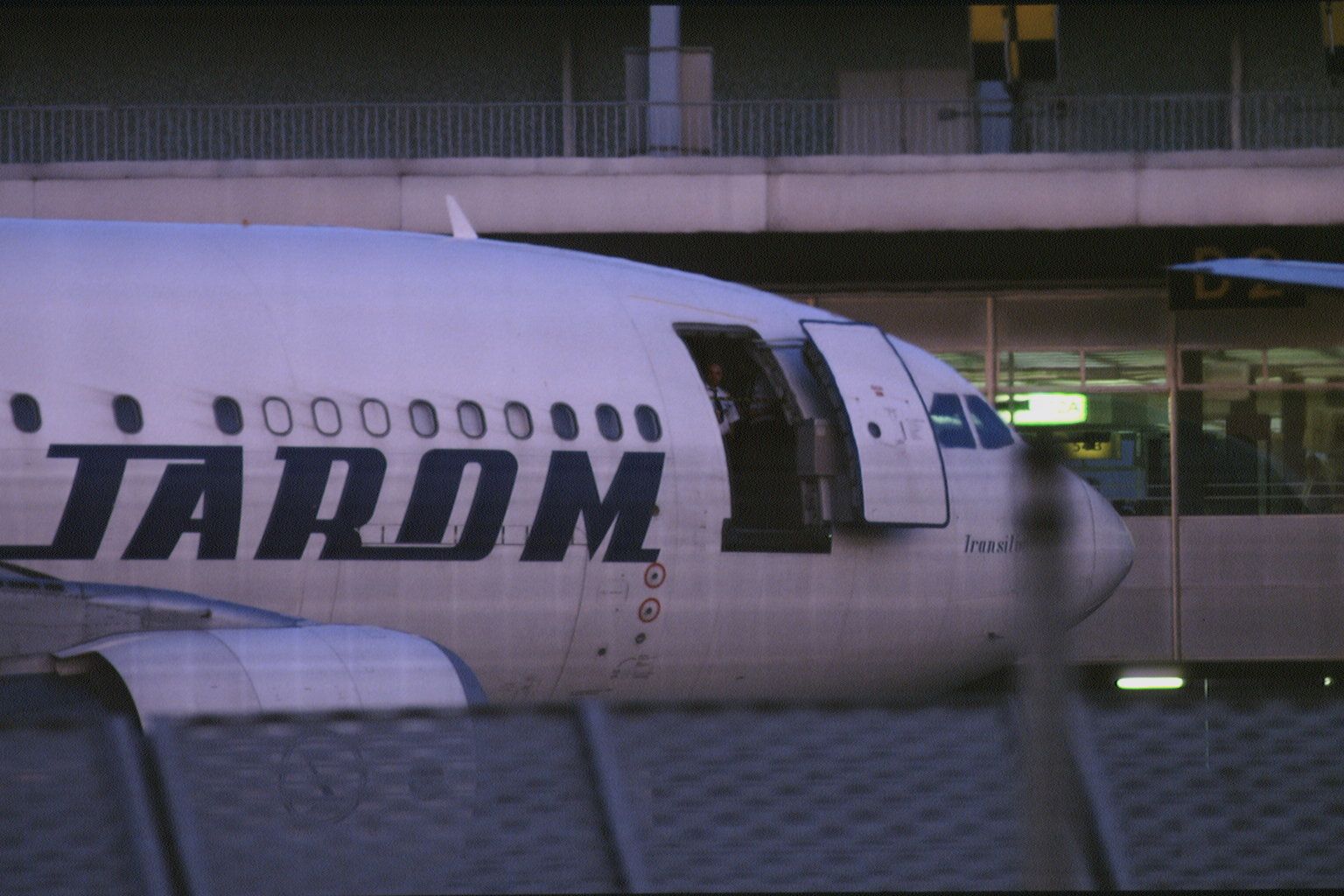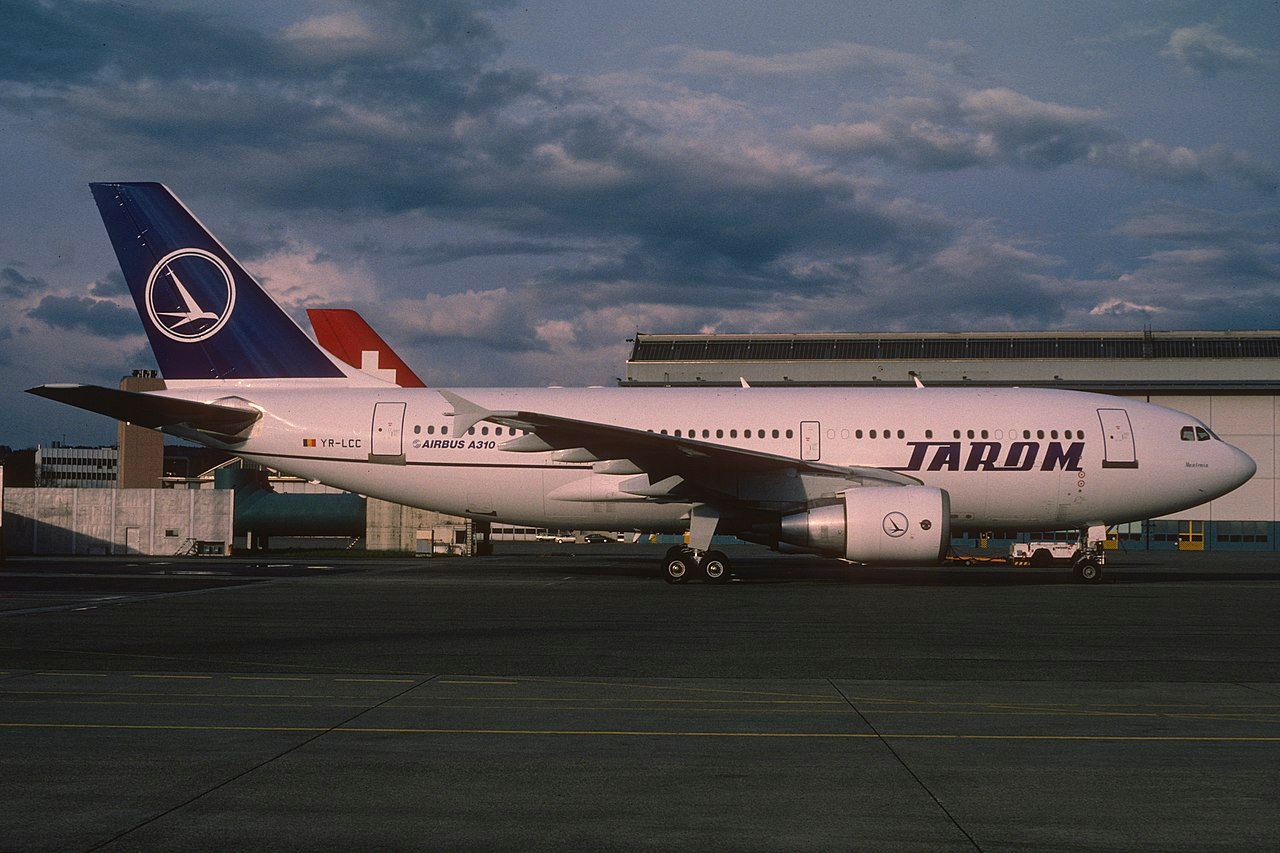The story of Romania's deadliest plane crash and the series of events that led up to the demise of TAROM flight 371. On the 31st of March 1995, a TAROM Airbus A310-324, registered as YR-LCC, took off from Bucharest on route to Brussels. Sadly the plane crashed in a field a few minutes after takeoff killing all passengers and crew. Before we get into what caused the crash, it is essential to know that up until then, TAROM had a relatively good safety record despite flying mainly Soviet-built aircraft.
Following the overthrow of communism and the death of Nicolae Ceaușescu, TAROM started to replace its aircraft with planes built by BAC, Boeing, and Airbus. In 1992 TAROM took delivery of three Airbus A310 planes that it planned to use on long-haul routes that had previously been flown by Ilyushin Il-62s.
One of these planes was a less than eight-year-old aircraft that Pan American and Delta Air Lines had previously owned. In its logbook, the plane had no known issues except for a briefing card with the note:
"After T.O. during climb engine, number one may go back to idle in profile when switching from T.O. climb power."
There had been no issues with thrust during takeoff for months
What this refers to is a switch between takeoff power to climb power and an automated process that the crew would have been aware of. This being the case, the Captain would have had a hand on the throttles to increase power if the aircraft lost thrust during the climb.
When TAROM flight 371 took off from Otopeni International Airport (OTP) in Bucharest en-route to Brussels Airport (BRU), everything seemed fine on the morning of March 31, 1995. The last reports of any throttle issue had occurred seven months earlier without any consequences.
The Captain of TAROM flight 371 was an experienced pilot with a total of 14,312 flight hours, of which 1,735 hours were on the A310. The first officer on flight 371 also had plenty of experience with 8,988 hours total, of which 650 hours were on the A310.
Captain Bătănoiu had a health problem
Unfortunately for the doomed aircraft, the idle thrust problem occurred as the plane climbed past 2,000 feet. At the time, Captain Liviu Bătănoiu was busy making selections on the Flight Schedule Monitor and did not have his hands on the thrust lever. The First Officer then asked the Captain to retract the flaps, which he did, and then five seconds later asked the flaps to be retracted again, this time without any response from the Captain. Four seconds after not getting a response from the Captain, the First Officer asked, "are you OK?/what's wrong?" The plane was now at 4,200 feet, flying at 181 knots and banking 17 degrees left. Now trying to fly the aircraft and ascertain the condition of the Captain, the First Officer switched the plane to autopilot.
Unfortunately, because the plane was flying through clouds, the First Officer did not notice that the angle had reached 45 degrees and had disengaged the autopilot. An audible alarm sounded as the first officer tried to reduce thrust to engine number two manually. The plane, however, made a complete roll and went into a steep dive. Despite doing all he could to recover from the dive, the aircraft hit the ground at a speed of 324 knots, killing all 49 passengers and eleven crew. No bystanders were injured in the accident despite it happening near a railway station three kilometers from the airport.
At the time of the accident, Airbus was aware of the automatic throttle system (ATS) malfunction. TAROM's Flight Crew Operating Manual (FCOM) outlined procedures to cope with this anomaly.
A malfunction of the automatic throttle system (ATS) was the catalyst
In the subsequent investigation into the crash, it was determined that it was caused by a problem with the automatic throttle system (ATS). As per the note in the logbook, investigators confirmed that the aircraft had a tendency to go back to idle on engine number one when switching from takeoff power to climb power.
Airbus was also aware of the problem and determined it was due to excessive friction in the kinematic linkages between the throttle and the ATS coupling units.
A memorial to the victims of the accident was later placed in the vicinity of the crash site.



